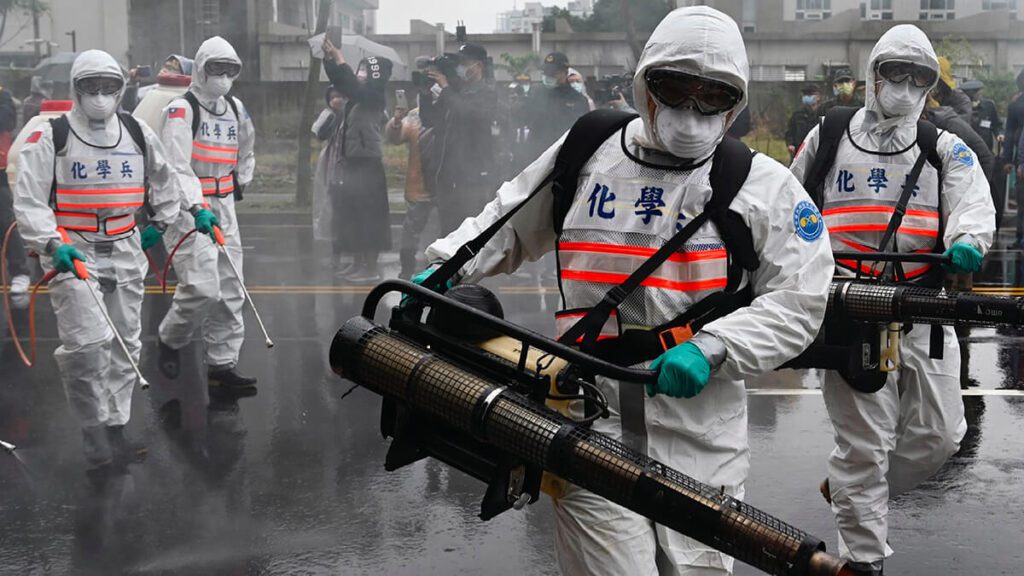
Taiwan’s success in managing the COVID-19 pandemic is a well-known and referenced case study of how to respond to a global pandemic. The innovative use and implementation of new and existing technologies, as well as the Taiwan’s Coronavirus response is a case worth studying for any country seeking to prepare for any future crisis or calamity.
The country’s population is known for being tech-savvy. This fact combined with the government’s rapid and proactive response, taking no longer than 3 days to decide on the laws and guidelines behind using information technology, was a job well done by the Taiwanese government and people.
In addition to strict quarantine procedures, the government of Taiwan used edge computing, AI and data analytics combined with multiple digital platforms and IoT devices and infrastructure adapted to 3G and 4G networks. Without this, Taiwan would have had to rely solely on 5G network availability to deploy apps and data collection, leaving most citizens without anything at all.
The ability to spread verified, accurate and easily understood information to all citizens was the first big advantage of using these systems. The second was the ability to identify virus hotspots or risky zones, keep citizens alerted to relevant developments in real time and keep a close eye on the numbers, which in Taiwan were thankfully, quite low.
However, the government cannot take all the credit for Taiwan’s Coronavirus response. The nation’s tech-savvy and proactive population can be thanked for facilitating the distribution of necessary preventative gear and making sure that everyone had what they needed. The “name-based mask distribution system” came to fruition with great efficiency.
Thousands of Taiwanese citizens pooled their skills and resources to rollout digital tools, platforms, information systems, to aid their country through the pandemic.
Collectively, this endeavor successfully deployed tools including live maps with available mask buying locations, apps and communication systems, chat-bots and even a mask reservation system.
With such a system in place, masks were never out of stock, and at least most people got what they needed – avoiding the shortages that often follow ‘panic buying’.
Taiwan’s COVID-19 response sets an important example for future pandemics and shows how advanced technologies, even experimental ones, can be utilized for common good.